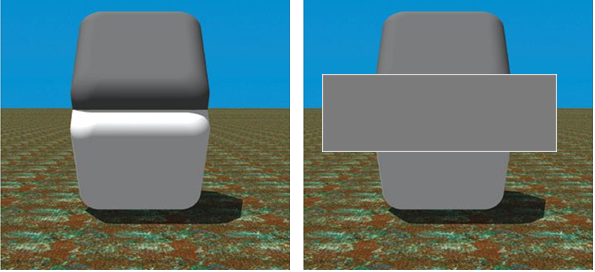This post is also available in Dutch.
The world appears in a specific way to each of us. How we pay attention to it and what we expect about our environment can affect how we experience the world.
Drinking a cup of tea in a cozy cafe gives a specific feeling: you smell the aroma and taste the tea, you feel the warmth of the cup, as well as the colors and sounds around you. In that moment, you experience many sensations, even though they may be difficult to describe. This set of ‘feelings’ is also referred to as a ‘perceptual experience’.
Can we measure perceptual experience?
One of the fundamental questions of cognitive neuroscience is how the brain creates perceptual experience. This is difficult to study scientifically because perceptual experience is subjective. How can I measure what it’s like for you or me to perceive the redness of a rose or to lie in a comfortable bed?
Attention changes our perceptual experience
Researchers came up with a way to quantify some aspects of perceptual experience. To do this, they focused on how bright different objects appeared to be. From their experiments, they showed that when people paid attention to an image they saw it as brighter than an unattended image. For instance, take the situation in which you search through a crowd to find your friend who is wearing a red sweater. Here, you focus your attention to look for your friend, when you find him he will appear brighter than if you hadn’t made an effort to attend to him.

(Left image) This is what a crowd looks like when your attention isn’t focused on one particular feature.(Right image) When you attend to your friend, he appears brighter to you than the rest of the scene (CC BY-SA 2.0)
Expectation also changes perceptual experience
Take a look at this image. It’s an object comprised of two halves, and the top half appears darker than the bottom half (2). Now take a look at the image on its right it where a bar is covering the middle of the object. You can see that the two halves are exactly the same color! (No, I haven’t changed the colors in the second image.) This illusion happens because the visual system uses its knowledge to interpret the image. In this case, the shadows suggest that the two parts of the object have different colors even though the colors are in fact the same. The expectations of the visual system affect how colors appear to us.
(Left image) This object is comprised of two parts: the top appears gray, and the bottom appears white. (Right image) When a gray bar is placed over the middle of the object, you see that the two parts are actually the same color!
Why is this interesting?
These findings tell us that cognitive processes, such as attention and expectation, can change the way the world appears to us. We do not perceive the world exactly as it is; the way we experience our surroundings can be changed by many things including what we attend to and what we expect.
This blog was written by Marisha Manahova. Edited by Kasia.

